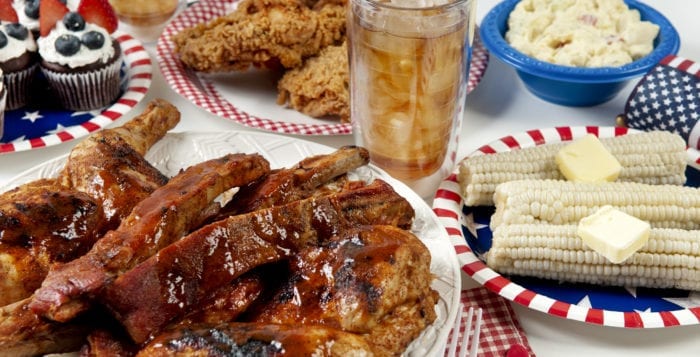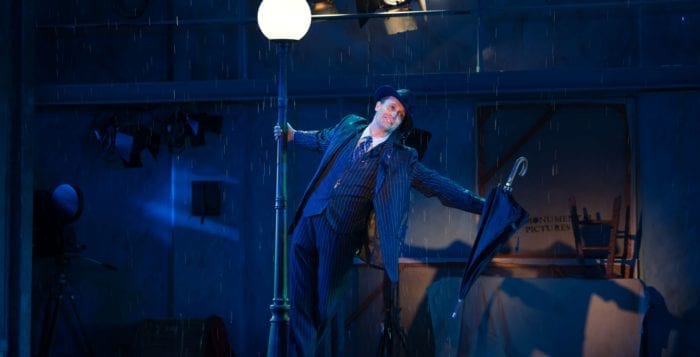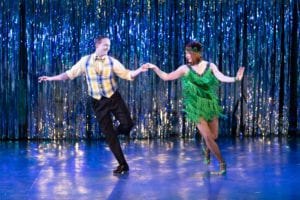By Heidi Sutton
Summer is just around the corner, making for the perfect opportunity to review safety and stranger danger protocols with young children. Theatre Three’s latest show, “Goldilocks — Is That You?” accomplishes just that through the magic of live theater.
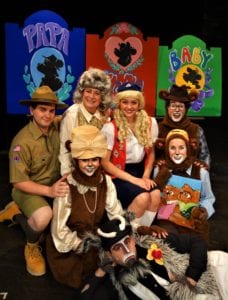
The original musical, written by Jeffrey Sanzel and Kevin F. Story, is an interpretation of one of the most popular fairy tales of all time, “Goldilocks and the Three Bears” by Robert Southey, and encompasses all of the beloved characters from the original story plus a few colorful new ones.
In this production, Papa Bear, Mama Bear and Baby Bear are show biz bears who have retired from the circus and are now living in a house in the country. It’s the first of the month and the banker, Billy de Goat Gruff, has come to collect the rent money, which they don’t have. The grouchy goat gives them until the end of the day or they will be kicked out. While their porridge is cooling down, the bears decide to go for a walk to think of ways to come up with the rent.
In the meantime, Goldilocks, a Campfire Bluebird Pioneer Scout Girl who lives with her grandmother Granny Locks, sets off to her cousin’s house to deliver cookies. She ends up at the bear family’s house by mistake and lets herself in. In one of the funniest scenes of the show, Goldilocks tastes the three bowls of porridge, sits in the three chairs and tries out the three beds, choosing Baby Bear’s bed in which to take a nap.
When Granny Locks realizes that Goldilocks has not arrived at her destination, she seeks the help of local forest ranger Wolf Hunter to find the missing girl. They arrive at the bear’s house just as Baby Bear realizes that “someone’s been sleeping in my bed, and she’s still there!” Luckily for Goldilocks the bears are friendly — they even know Granny Locks from their circus days when she was Eloise of the Flying Trapeze.
But all’s not well. The banker still wants his rent money, so the group puts on a show to help young people learn about safety to raise the funds. Soon all the children in the audience are learning about the importance of staying safe and that “strangers can mean danger — so don’t talk to strangers.”

Expertly directed by Sanzel, the talented cast of seven adults put on a charming and funny show, evident by the constant giggles from the young audience at last Saturday’s opening performance. Meg Bush is perfectly cast as the sweet and innocent Goldilocks and Dylan Robert Poulos, channeling his inner Gilbert Godfrey, is hilarious in the role of Billy de Goat Gruff. Eric J. Hughes, Nicole Bianco and Jessica Contino tackle the roles of the three bears and do a fine job, especially Contino as the adorable Baby Bear. Ginger Dalton plays a fun Granny Locks and Steven Uihlein as the superhero Wolf Hunter, Forest Ranger (“Wherever there’s trouble or danger, you’ll find Wolf Hunter, Forest Ranger!”) is an audience favorite.
The musical numbers, accompanied on piano by Steve McCoy, are delightful; the choreography by Nicole Bianco, which incorporates baton twirling, ballet and tap, are fresh and exciting; and the costumes, by the design team of Teresa Matteson and Toni St. John, are amazing, especially on the bears and Billy De Goat Gruff.
All in all, the play can be compared to a great big bear hug and is just right for young children from beginning to end. Meet the cast in the lobby for photos after the show.
Theatre Three, located at 412 Main St., Port Jefferson will present “Goldilocks — Is That You?” on June 2 and 9 at 11 a.m. with a sensory-sensitive performance on June 3 at 11 a.m. Children’s theater continues with “The Princess Who Saved the Dragon” from July 6 to Aug. 9 and “Alice’s Most Decidedly Unusual Adventures in Wonderland” from Aug. 3 to 11. Tickets are $10. To order, call 631-928-9100 or visit www.theatrethree.com.
All photos by Peter Lanscombe, Theatre Three Productions, Inc.

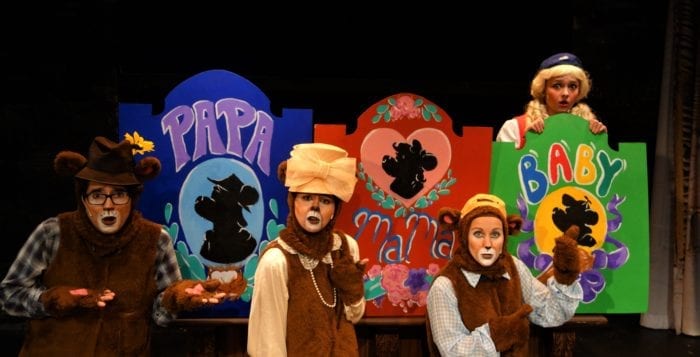








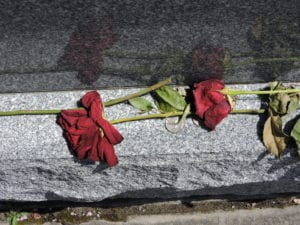



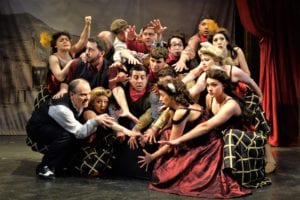
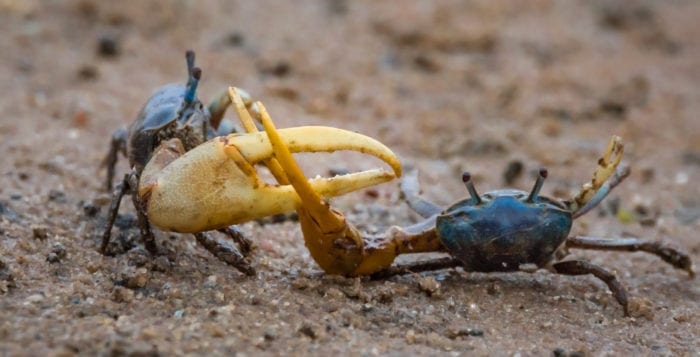
 Jay Gao of Stony Brook noticed two male fiddler crabs locked in a duel during a visit to West Meadow Beach on May 6 and captured this photo using a Nikon D750. When they’re not using their large claw for fighting, the males use it to wave to females and to stay cool during the summer months. Right, the winner!
Jay Gao of Stony Brook noticed two male fiddler crabs locked in a duel during a visit to West Meadow Beach on May 6 and captured this photo using a Nikon D750. When they’re not using their large claw for fighting, the males use it to wave to females and to stay cool during the summer months. Right, the winner!